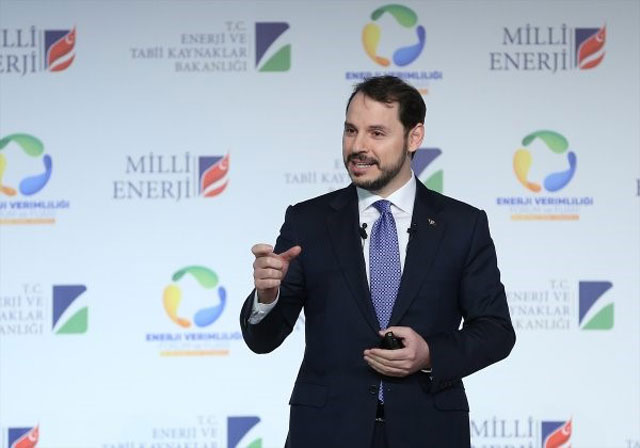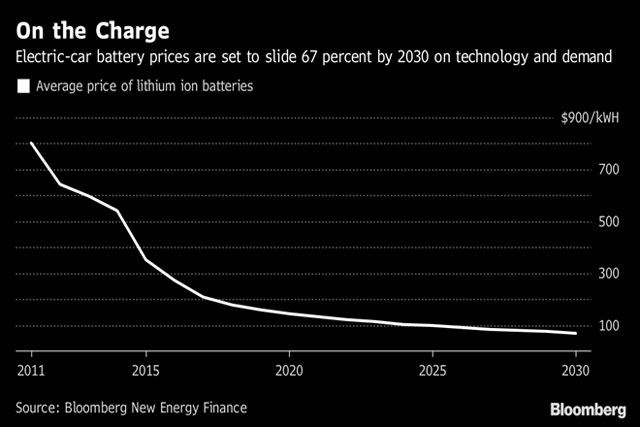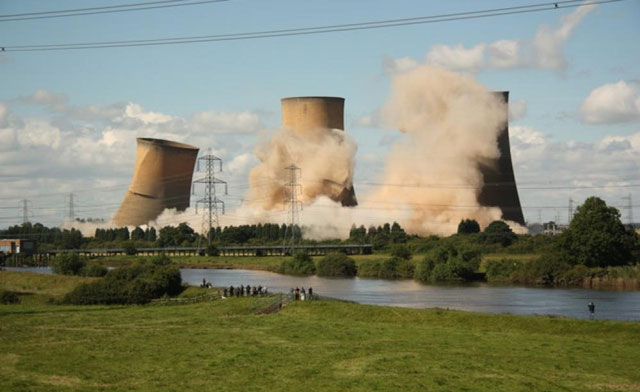E-mobility: the smart city model

The world’s largest city? Tokyo. The oldest? Jericho. The most expensive? Singapore. The smartest? Difficult to say: there is significant competition for that particular title and a large number of urban innovation projects are already up and running across the globe.
The most promising initiatives are outlined in the World Economic Forum’s “Electric Vehicles for Smarter Cities: The Future of Energy and Mobility” report. The document was compiled by a group of leading figures from the energy sector, including Enel CEO Francesco Starace, who is also co-chairman of the Steering Committee, and his fellow co-chairman Jean-Pascal Tricoire, President and CEO of Schneider Electric.
Making charging easier
The simplest way to encourage the spread of electric mobility is to make charging easier. Stockholm City Council, for instance, allows companies that install charging columns on public property to do so at no cost, while Oslo City Council manages a whole network of charging points and is involved in other public-private projects. However, this kind of commitment is not confined solely to Northern Europe, which has long been at the vanguard of sustainability. Smart payment methods for charging e-vehicles have been integrated into the public transport network in Hong Kong, for example.
Other cities are focusing their efforts on smart charging, often with dedicated districts or hubs. In Oslo, the Vulkan project spans over 100 EV charging facilities, some of which offer fast charging and all of which use Vehicle-to-Grid (V2G) technology to enable cars and motorbikes to feed surplus energy back onto the grid if required. Thanks to its dimensions and the option to book services online, the system can also be used by car sharing and transport companies. In Denmark, Enel launched V2G technology in August 2016 in partnership with the Japanese car manufacturer Nissan and the Californian company Nuvee, a leader in the development of e-vehicle charging solutions.
Another interesting project took shape at the Euref Centre on the outskirts of Berlin, where the charging hub is powered by a microgrid incorporating wind and solar-powered systems and managed by a computer system that optimises charge times and methods based on grid status and electricity prices.
However, cities also need to look further afield. If e-mobility is to become truly widespread, it must focus on transportation beyond the confines of the city. In Norway, for instance, there is now a network connecting all the main cities in the south of the country with charging columns every 50 kilometres. Similar projects have also been launched elsewhere on an international scale, not least the CIRVE project (Iberian Corridors of Rapid Recharging Infrastructure for Electric Vehicles) connecting Spain, Portugal and France.
Public transport, car sharing and commercial fleets
The other main direction in which smart cities are moving is the electrification of vehicles other than those for private use. The most evident example is public transport, with many cities already giving priority to electric vehicles. These include Buenos Aires, Santiago de Chile, Montreal, Oslo, Stockholm and, in China Shenzhen and Guangzhou. The same thing is happening in the Île-de-France region where the main public transport company, RATP, aims to have electrified 80% of its fleet of buses by 2025.
There are endless other possibilities aside from public transport. The Los Angeles Police Department has decided to purchase 260 electric cars and invest in charging columns, for example. In London, from 2018, all new taxis will have to be zero emissions and will have dedicated charging points. Dortmund will be offering couriers and delivery companies that use electric vehicles tangible incentives, such as greater access to city centre areas. Oslo also has special lanes for electric car sharing vehicles, while in Paris, a car sharing company called Autolib’ now has a fleet of 4,000 e-cars and 1,100 charging stations with a total of 6,200 charging columns. Similar scenarios are taking shape in many other cities, not least traffic-clogged, heavily polluted Bangkok. Needless to say, Mobility as a Service (MaaS) companies are taking a lively interest in electrification as they provide subscription-based integrated transport services. The biggest operator in the sector in China, DiDi, already uses 260,000 e-vehicles and aims to up that number to a million by 2020.
An integrated approach
Last but not least, the report suggests adopting an integrated approach at city, regional and national level involving all the interested parties in the development of projects. By way of example, it mentions Montreal, where a commission for the electrification of transport has been set up involving environment, transportation, urban-planning and economic development councillors as well as the public transport company.
A similar platform has been launched nationwide in Germany with a working group in which individual cities are also involved. The initiative has produced e-vehicle-friendly regulations in the participating cities, such as free parking, the use of special traffic lanes and exclusive access to restricted traffic zones.
The WEF report cites these examples as models for accelerating the development of e-mobility. Political decision-makers, local and urban-planning authorities should take note, as should companies involved in the transport and electricity sectors, particularly those more focused on innovation and sustainability.
Source: Enel








